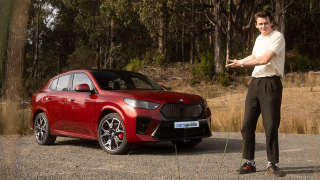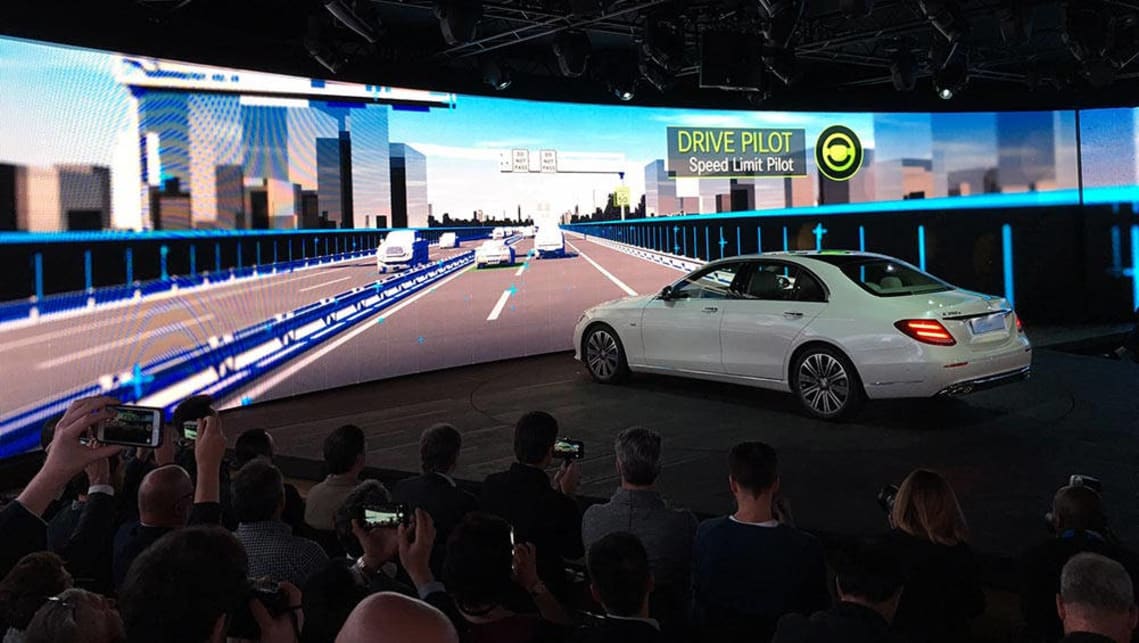
Which car safety tech do you really need?

With the launch of its new E-Class later this year, Mercedes will take the next step towards the driverless car.
The 2016 Big E improves upon most of the driver assistance technologies available now, such as radar cruise and automatic braking, and adds a swag of brave new world wundertech — including Drive Pilot, which enables the car to drive itself in some circumstances.
Mercedes claims the new E-Class's automatic emergency braking is so effective "it is possible to completely avoid accidents at up to 100km/h".
You can bet that, being a Mercedes, the E-Class will be the best example to date of how technology has made driving so much safer and easier.
But has it really? Let's take a look at the driver assistance systems available now. Some work brilliantly because they can forgive inevitable human error and prevent tragedy. Others seem designed to encourage bad driving or work properly only in a perfect world.
Autonomous emergency braking
Employing radar and a camera to monitor the traffic in front, this tech can slow or completely stop your car if you fail to apply the brakes. There's a strong push to make it mandatory in new cars, to save you from being run into by an idiot who's texting or reading emails.
Verdict: Take it.
Autonomous cruise control
Using the same tech as radar cruise, this maintains a gap between you and the car in front. Some setups are much more crude and clunky than others. The latest versions can take over accelerating, braking and even steering in bumper-to-bumper traffic. It's a great idea in Europe, where freeways are orderly and disciplined, but radar cruise can be fraught here, where aggression is the order of the day and the law of the jungle applies. If someone decides to dive into the safe gap created by radar cruise in front of you, and there's another up your backside, you don't want the electronics automatically leaping on the brakes.
Verdict: It might save you but it can cause more stress than it's worth. Be careful how and where you use it.
Blind spot detection
Picks up approaching traffic from the rear in adjacent lanes and warns you, usually by a light in the relevant side mirror, to hold your lane. Audi's new A4 will also warn you, as you're about to open the driver's door, if there's a car or a cyclist closing in from behind. It's genius technology, invented by Volvo.
Verdict: Take it.
Lane departure warning and keeping
This is designed to keep you and your fellow motorists alive if you nod off or get so distracted that you lose control of the car. Cross lane markings without indicating and it gives you an audible warning and/or vibrates the steering wheel. Lane keeping can also gently steer you back into your lane.
Verdict: Compensates for stupid driving and excessive fatigue. Maybe you should take the bus or go to bed earlier.
Adaptive headlight and automatic high-beam switching
Swivelling headlight beams are great on dimly lit streets or country roads because you can see exactly where you are going. Automatic high and low-beam switching is a great idea in theory but difficult to get right 100 per cent of the time because approaching cars' headlights will vary so much in intensity and aim. Reflective road signs can also trigger low-beam in some setups.
Verdict: Take the swivelling headlights; auto high-beam tech needs more work.
Rear cross-traffic alert
This will give you an audible warning of an approaching vehicle as you reverse out of a parking spot or driveway. You get automatic braking in the more advanced alerts. You would never rely on it if there are kids about but it could also help you avoid a parent's worst nightmare.
Verdict: Take it; don't rely on it.
360 degree imaging
Very useful technology for the spatially challenged, touch parkers and short people who have problems seeing out of their car when manoeuvring in tight spots. There is obvious potential to save kids' lives.
Verdict: If you keep putting small dings in other people's cars, please take it.
Automatic parking
Cameras and sensors judge whether you can fit in the parallel or reverse parking spot; if so, it automatically steers you in. That's the theory. I have yet to drive a test car that got it right more than half the time.
Verdict: Save your money. Find a quiet street and practise parking until you get it right. You can do it. Millions have.









Comments